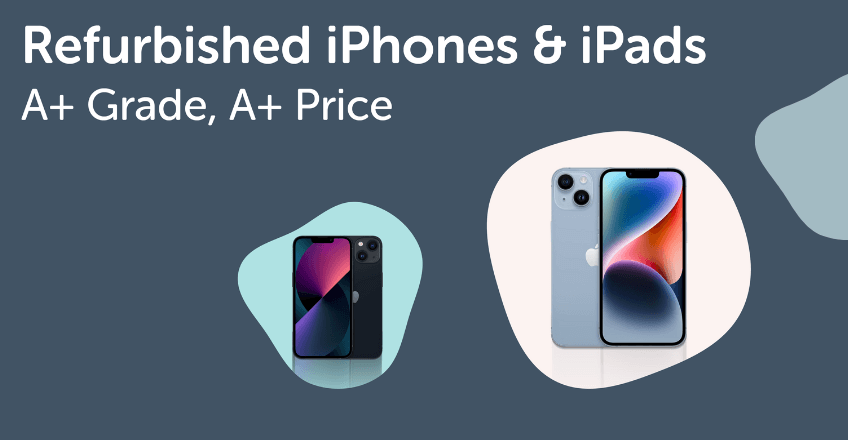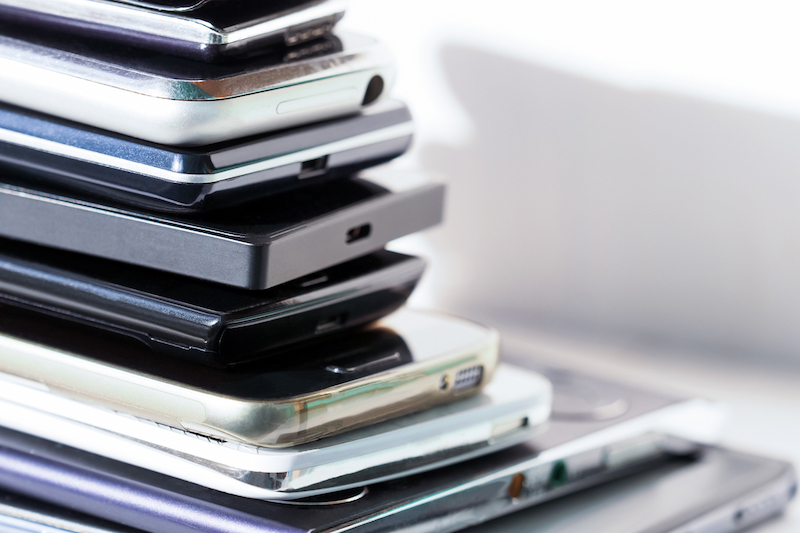If you select the incorrect seller, a promising deal could quickly become an absolute nightmare. Here’s how to assess the credibility of sellers, along with pros and cons of each method:
1. Take a look at Platform Seller Ratings
Where to look:
eBay (98+ % positive feedback)
Amazon Renewed (90 percent or more rating)
Swappa (verified sales history)
Pros:
Quantifiable track record
Filters out scammers who are obvious
Cons:
Fake Reviews are Possible
Doesn’t guarantee reliability
2. Review Return/Refund Policy
What to Check:
Minimum 14-day return window
Clear restocking fee disclosure
Pros:
The confidence in the product
Reduces risk
Cons:
Strict policies may hide defects
3. Review Customer Reviews
Key Priorities
Recurring complaints (e.g., “battery not as described”)
Recent trends in review
Pros:
Find out what’s going on in the same areas
Seller improvements are identified
Cons:
Review bombings could be a possibility
Pay-per-views or fake reviews
4. Verify the registration of your business
Professional sellers:
Verify BBB certification
Find business registrations for your state
Pros:
Confirms legitimate operation
Cons:
Doesn’t guarantee quality
5. Quality of Test Response
What to look for:
Ask technical questions
Request Additional Photos
Pros:
Measures customer service
Product information is revealed
Cons:
Time-consuming
6. Verify the Social Media presence
Warning Signs
Zero social activity
Photos are available only in stock
Pros:
Transparency in business during the shows
Cons:
Some legit sellers avoid social media
7. Red Flags on Listings
Common Scam Tactics
Prices 30% Below Market
Brand new claims for new or refurbished products
Stock photos only
Pros:
It is easy to spot frauds
Cons:
It’s more difficult to identify sophisticated scams
8. Verify the physical place of the physical
Local Sellers:
Google Street View Check
Meeting at the address of business
Pros:
Confirms seller legitimacy
Cons:
Certain home-based businesses are legal
9. Check for Professional Certifications
Reputable Indicators:
Apple Authorized Reseller
Recycling electronics that are certified
Pros:
Standards of quality
Cons:
Certificates don’t guarantee honesty
10. Make use of Escrow for High-Value Purchases
How does it work:
The payment is held until the delivery confirmation
Available on certain platforms
Pros:
Eliminates payment risk
Cons:
A slow transaction process
Pro Tips:
Always use reverse-image search to find photos
Beware of sellers who do not accept video calls
It is recommended to prefer cash payments with credit cards over
Would you like help identifying red flags in specific iPhone listings? See the top rated refurbished iPhones for site recommendations including phones cheaper, used cell phones for sell, phone shop uk, best uk mobile phone, 2nd hand mobile phones, refurbished handsets, mobile phones, cheap phones cheap phones, 2nd hand handphone, 2nd hand cell phones and more.

The 10 Best Tips For Identifying Original And Aftermarket Parts Found In Used Or Refurbished Apple Iphones
It is important to know whether a used iPhone or repaired iPhone includes genuine Apple components or aftermarket parts that are cheaper. This could alter the performance and life span of the device. This guide will help you to differentiate between the two, including pros and cons for each method.
1. Look for the “Unknown Parts”.
Be sure to check:
Settings > General > About
Watch out for “Unknown Parts warnings” on iOS 15.2+
Pros:
Apple’s official display, battery, and camera detection
Instantly detects fake parts
Cons:
Only works on newer iOS version
Certain repairs by third-party repairers bypass detection
2. Test Display Quality
The Aftermarket Screens
Incorrect color accuracy
Uneven brightness
Touch reaction delayed
Pros:
Obvious visual differences
Cons:
Screens from the aftermarket can be fooled by the untrained eye.
3. Verify that the Battery is authentic
Be sure to check:
Battery Health is accessible in Settings.
If it says “Service” or has no information, then the item will most likely have been replaced
Pros:
Apple’s official battery check
Cons:
The health information on some third-party batteries is false
4. Examine Camera Performance
Aftermarket Camera Signs:
Focus blurred in certain lighting
Poor low-light performances
Inconsistent colors
Pros:
You can try the product prior to buying.
Cons:
Some users are unaware of minor distinctions.
5. Find screw heads that don’t match.
Original iPhones Have:
Screw heads with uniform shapes
No scratches on screws
Pros:
Reminds you if the phone was opened
Cons:
Some repair shops use proper tools
6. Check Water Resistancy
Parts for aftermarket are usually:
The lack of sealing
Failure of IP68 tests
Pros:
Vital for durability
Cons:
Testing is difficult without the proper equipment
7. Compare weight & feel
Aftermarket Parts:
Feel lighter with your smartphone
Have uneven gaps
Pros:
Feedback tactile is instantaneous and instantaneous
Cons:
Subjective assessment
8. Review Repair History
Ask Seller For:
Repair receipts
Apple Store service record
Pros:
Confirms part authenticity
Cons:
Most private sellers lack documentation
9. Test FaceID/TouchID
Parts for Aftermarket Sales Typically:
Fail biometric authentication
Work in a sporadic manner
Pros:
Critical security feature
Cons:
Some repairs from third-party repairers preserve functionality.
10. Buy from Reputable Refurbishers
The Best Alternatives
Apple Certified Refurbished
Amazon Renewed Premium
Pros:
Genuine Parts Garantied
Cons:
High price compared to random sellers
Smart Buyer’s rule:
Always choose original parts for crucial components (screen, battery)
Consider aftermarket for minor repairs (charging port, speaker)
Avoid iPhones with multiple parts that need to be replaced
Repair shops are available using OEM-quality parts.} Have a look at the top rated find on used samsung examples for site recommendations including second hand handset, sell phone online, mobile phones for sale, phones for you, sell mobile uk, smart phones for sale, second hand phones for sale, mobile phone sell, phone sold, used phones and more.
